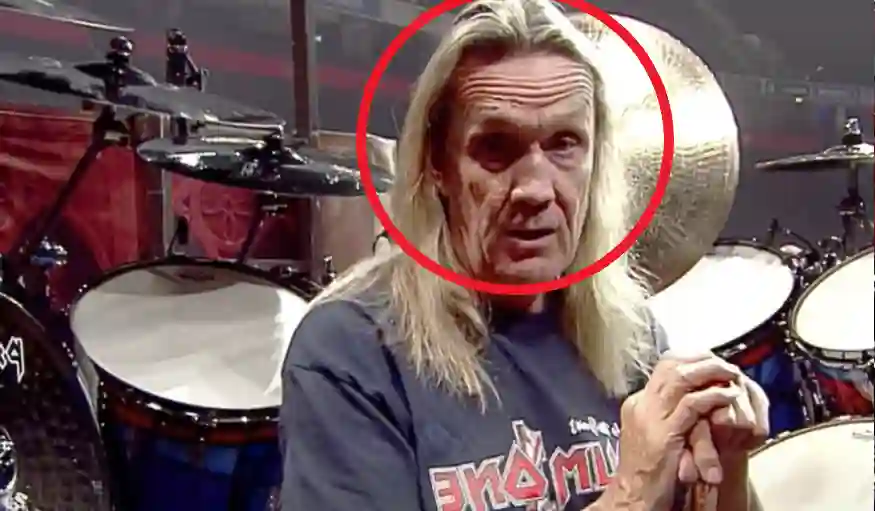Crossword puzzles have been a beloved pastime for decades, offering a unique blend of mental challenge and fun. As crossword enthusiasts know, one of the more intriguing aspects of solving puzzles is figuring out which word perfectly fits the clue at hand. Among the most frequently encountered yet trickiest clues are those associated with the word “remove.”
In crossword terminology, “remove” can appear in various forms, requiring solvers to think broadly. Whether it’s a four-letter word or a longer answer, the clue for “remove” has multiple solutions depending on the puzzle’s difficulty, context, or creator’s intentions. Below, we break down the most common answers to “remove” and how they can appear in different crossword puzzles.
1. DOFF (Confidence: 95%)
The word “doff” is most commonly associated with removing something, particularly an article of clothing like a hat. It originates from the phrase “do off,” meaning to take something off, especially in a formal or ceremonial context. When used in a crossword puzzle, the clue might reference “remove” directly or imply a specific context, such as “remove a hat” or “tip one’s hat.”
For instance, a crossword clue like “Remove a cap” would likely lead to “doff” as the answer. The clue plays on the word’s more antiquated usage, which seasoned solvers may be familiar with, but newcomers may find it tricky. Context is everything in crosswords, and “doff” is a great example of how a simple word for removal can have a sophisticated touch.
2. DELE (Confidence: 88%)
“Dele” is a term more familiar to those who work in editing or publishing. It is derived from the Latin word “delere,” meaning to delete or erase. In modern usage, it’s often seen in written work where editors mark text that needs to be removed. It’s usually signaled by the symbol of a loop, indicating that the word or passage is to be removed from the text.
In crossword puzzles, “remove” could lead to “dele” when the clue is geared toward proofreading or editing. A clue like “Remove in editing” or simply “Delete” can point solvers to this succinct four-letter solution. Its niche association with the world of publishing can make it a rewarding find for crossword enthusiasts who enjoy intellectual wordplay.
3. ERASE (Confidence: 86%)
One of the more straightforward answers to the “remove” clue is “erase.” This word is commonly used in everyday language to describe removing marks, particularly from a surface such as a whiteboard, paper, or digital screen. In crosswords, clues that suggest wiping away, cleaning, or obliterating something may lead to the answer “erase.”
For example, a clue like “Remove pencil marks” would naturally lead solvers to consider “erase.” Since it’s a word most are familiar with from childhood, this option is often easier to figure out. However, depending on the difficulty of the crossword, the context may be trickier, making “erase” a more subtle solution than it first appears.
4. OUST (Confidence: 85%)
“Oust” is a slightly more forceful form of removal, typically referring to the act of ejecting someone from a position of power or authority. It is often associated with politics, business, or leadership. Crossword solvers may find “oust” as the solution to clues like “Remove from office” or “Expel from position.”
“Oust” adds an extra dimension to the concept of removal, bringing in the idea of forceful or official displacement. The word may not come to mind immediately when thinking of “remove,” but experienced solvers recognize its frequent use in crosswords involving power dynamics or formal settings.
5. DELETE (Confidence: 85%)
Similar to “dele,” “delete” is used in the context of removing something, especially in the digital realm. When you press the delete key on a computer, you’re removing text, images, or data. The word “delete” has become ubiquitous in the age of technology, making it a common and easily recognizable answer for crossword clues involving removal.
For example, a clue like “Remove text” or “Clear data” will often point to “delete.” Its straightforward nature makes it a familiar option for many solvers. The rise of digital tools and online environments has made “delete” an even more frequent solution in modern crosswords, especially those with tech-related themes.
6. EVICT (Confidence: 82%)
The word “evict” refers to the legal process of removing someone from a property, usually due to non-payment of rent or other contractual violations. This form of removal is often seen in legal or real estate contexts. In a crossword puzzle, “remove” as in “remove from premises” might lead to “evict” as the answer.
Clues like “Remove tenant” or “Expel from residence” are likely to suggest “evict.” This word has a very specific application in the legal and housing sectors, so solvers who keep this context in mind can quickly identify “evict” as the correct solution.
7. CLEAR (Confidence: 81%)
“Clear” is one of the more versatile answers for the clue “remove.” It can be used in a variety of contexts, from clearing a table to clearing obstacles from a path. Its general applicability makes it a common crossword answer, especially when the clue is relatively vague.
For example, a clue like “Remove clutter” could easily be solved with the word “clear.” However, depending on the wording, the answer could also fit situations where something is eliminated or a space is made empty, giving solvers a broader range of possibilities when faced with this particular word.
8. EXPEL (Confidence: 81%)
Similar to “oust,” “expel” refers to a forced removal, but in this case, it often implies the removal of a person from an organization, school, or group. The word “expel” carries connotations of punishment or formal disciplinary action, which might make it appear in clues related to schools, clubs, or governments.
For instance, a crossword clue like “Remove from school” would likely be answered with “expel.” Its strong associations with educational institutions and formal organizations make “expel” a distinctive answer in crosswords where the theme or setting involves authority and rule enforcement.
9. TAKEAWAY (Confidence: 81%)
“Takeaway” is a more casual term for removal, often used in the context of food or ideas. In the UK, it refers to food ordered for consumption off the premises, while in other contexts, it can mean the key point or summary of a discussion. While less common than some of the other entries on this list, “takeaway” may still pop up in crossword puzzles.
A clue like “Remove for later consumption” could lead to the word “takeaway,” especially in puzzles with British influences or themes centered on food. Its colloquial usage makes it a fun and unexpected answer for solvers.
10. SHED (Confidence: 81%)
“Shed” is another versatile word for “remove” that can apply to various situations. Animals shed their fur, people shed tears, and trees shed leaves. In crosswords, clues that point to natural processes of letting go or eliminating something might lead to “shed” as the solution.
For example, a clue like “Remove skin” or “Let go of” could lead to “shed.” Its versatility makes it a solid answer in crosswords, especially in puzzles that explore themes of nature or gradual loss.
Conclusion
The variety of answers to the crossword clue “remove” highlights just how rich and complex the world of puzzles can be. Each word, whether it’s “doff,” “delete,” or “expel,” brings a unique layer of meaning to the concept of removal. Solvers need to consider the puzzle’s theme, context, and word length to deduce the correct answer. The next time you see the clue “remove” in a crossword puzzle, you’ll be well-equipped with a list of potential answers to guide you toward the solution’









